12 Top-Rated Tourist Attractions in Akko (Acre)
Steeped in medieval Crusader history, Akko is an atmospheric old town surrounded by lofty fortifications. Much of its picturesque stone architecture has been preserved making this one of the most interesting towns to explore in the country. With a caboodle of khans (caravanserais), fortifications, and Crusader buildings packed amid the narrow alleyways, history-fiends will be in heaven.
1 Fortifications
Akko's incredible surviving walls, which wrap around the Old City, are the town's most distinctive feature. For panoramic skyline views across Akko, walking along these ancient defensive barriers can't be beaten. The fortifications were given their present form by Ahmed el-Jazzar in the 18th century. From Weizmann Street you can climb up onto the ramparts and walk to the northeast corner, dominated by the massive tower known as the Burj el-Kummander. It stands on the foundations of the 'Accursed Tower' from which Richard the Lionheart hauled down the Duke of Austria's banner in 1191. A little further south from here, sited in the walls, is the Treasures in the Wall Museum, which has an ethnographic collection of artefacts from early Zionist settlers in the area. If you head back east along the wall, towards the sea, you come to the Burg Kurajim (Tower of the Vine). This Ottoman bulwark, built to defend the town against sea attacks, is built on foundations dating from the Crusader period.
Location: Weizmann Street
2 Ahmed El-Jazzar Mosque
Occupying the site of the Crusader cathedral, the Ahmed el-Jazzar Mosque was built in 1781 on the model of an Ottoman domed mosque. The courtyard is entered by a flight of steps, on the right of which is a small rococo-style kiosk. Surrounding the arcaded courtyard are rooms, which once provided accommodation for pilgrims and Islamic scholars. On the east side of the arcaded gallery, steps lead down to a cistern dating from the Crusader era, which provided a water supply for Akko's population when the town was under siege. A small plain domed building to the right of the prayer hall entrance contains the mausoleum of Ahmed el-Jazzar, who died in 1804, and of his successor Sulieman Pasha. The mosque itself, with its tall slender minaret, is a fine example of Turkish rococo architecture with a mammoth interior decorated in ornate blue, brown, and white.
Location: El-Jazzar Street
3 Citadel
The grand bulk of Ahmed el-Jazzar's 18th-century citadel sits just inside the Old City walls.
During the British Mandate period, it was used as a prison and today, houses the Museum of Underground Prisoners. This museum commemorates the Jewish fighters who were imprisoned or executed here by the British authorities with a collection of photographs and documents from that time.
Location: El-Jazzar Street
4 Crusader City
Underneath Ahmed el-Jazzar's citadel is the Crusader City historic site, a fascinating series of gothic vaulted halls, which were once headquarters for the Crusader armies. The Knights Hall and the Dining Hall here are grand examples of Crusader architecture. There is also a series of narrow subterranean tunnels to explore (not recommended for claustrophobics) and a crypt.
Location: Citadel
5 Khan al-Ummdan
The Khan al-Ummdan (Khan of the Columns) gained its name because of the granite and porphyry columns which Ahmed el-Jazzar brought fromCaesarea to build this khan. Built on the site of the Crusader's Dominican monastery, the khan provided traveling merchants with accommodation while trading in the city. Set around a large rectangular courtyard, the ground floor rooms would have been used for storage and stables, while the upstairs would have been sleeping quarters for the merchants. Over the north entrance is the clock tower commemorating Sultan Abdul Hamid's jubilee in 1906.
Location: Salah Bazri Street
6 Crusader Tunnel
If you're not claustrophobic, this eerie Crusader Tunnel is one of Akko's most intriguing tourist attractions. It was discovered in 1994 by a local plumber. The subterranean passage would have originally connected the harbor with a Templar palace, providing a secret escape route to the sea in case of attack. Today, it runs from HaHaganah Street to the Khan al-Ummdan and provides a fascinating glimpse into Crusader architecture.
Location: HaHaganah Street
7 St. John's Church
By far Akko's most picturesque church, St. John's Church was built in 1737 and occupies the site of a 12th-century Crusader church dedicated to St Andrew. The juxtaposition of its white walls and red bell tower surrounded by the crumbling stone walls makes one of Akko's prettiest scenes for photographers.
Location: Salah Bazri Street
8 Akko Harbour
Now home to local fishing boats and yachts, Akko harbour was a busy and important port from the classical age until the medieval period. During the Crusader era, it could sometimes be occupied by as many as eighty ships. The original port has now silted up, and all that is left is this small tranquil fishing harbor. From here, you can hop on a tourist boat to get excellent views of Akko Old City from the sea.
9 Hammam al-Pasha Museum
This old hammam (Turkish Bath) is now home to an interesting museumwith exhibits on the history and culture of the Turkish bath experience. The hammam dates from the 18th century and was a working Turkish bath right up until the 1940s.
Location: El-Jazzar Street
10 Old Town Souk
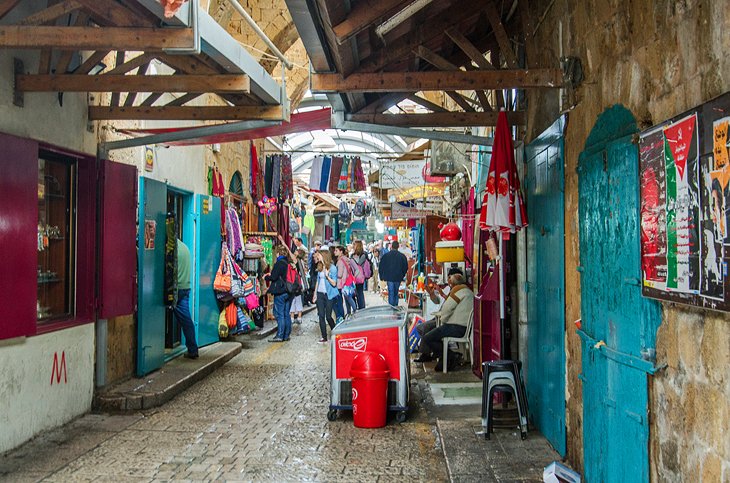
Akko's souk (market place) is right in the center of the Old City and is a fun and vibrant bazaar full of fresh produce, cheap eats, buckets of spice, and souvenirs. If you're looking for an original gift to bring home, it's a great place to browse for textiles and bric-a-brac.
11 Bahje Baha'i Centre
The beautiful gardens of Bahji contain the shrine of Bahu Ullah, founder of the Baha'i faith. He was exiled to Akko in 1868 and spent the last years of his life in the red-roofed house in the gardens. Just like the Baha'i Gardens of Haifa, the gardens here are a spectacular sight and an amazingly tranquil place for an afternoon wander.
Location: 3 km north of Akko
12 Lohamei Hageta'ot
The kibbutz of Lohamei Hageta'ot was founded in 1949 by Polish and Lithuanian Jews who had spent WWII fighting the Nazis. It is home to a moving museum dedicated to the Jewish resistance and the Holocaust. On the ground floor are displays illustrating the history of Vilnius, the "Jerusalem of Lithuania", and the town's Jewish community from 1551 to 1940. There is material on the early days of the socialist and Zionist movement at the end of the 19th century, and objects illustrating the everyday life of Polish Jews as well as an exhibit of some 2,000 drawings and paintings by concentration camp prisoners, including portraits of inmates.
History
The history of Akko goes back to the Canaanite period. It was originally situated on Tell el- Fukhtar (2 km east, near the stadium), on which excavations were carried out from 1973 onwards by an international team of archaeologists. Under Hellenistic and Persian occupation levels, remains of a Canaanite settlement were revealed, which the most recent findings suggest may have been occupied as early as 3,000 BC. The town was conquered by Pharaohs Tuthmosis III and Ramses II, who recognized the strategic importance of its site.
From 532 BC to the Greek conquest in 332 BC, Akko was Persian. In 219 BC, it passed into the hands of the Seleucids, rulers of Syria, but was able to maintain its independence as a city-state. Herod the Great received Octavian, the future Emperor Augustus, here and later built a gymnasium in the town. In AD 67, Vespasian used Akko, along with Caesarea, as a base for his campaign in Palestine. The town also prospered in Byzantine times and, from the 7th century under the Omayyads, when it was the port for the Ommayad capital of Damascus.
The Crusaders were unable to take the town until 1104, five years after their conquest of Jerusalem. They renamed it St. Jean d'Acre and it became the headquarters of the Knights of St. John. The Italian cities of Genoa, Pisa, and Venice established trading posts in the town, and it developed into a busy and flourishing port town. In 1187, the Crusaders were compelled to surrender the town to Saladin, but it was recovered in 1191 by Richard Coeur de Lion.
After the loss of Jerusalem in 1187, Acre became capital of the Crusader kingdom, with a population estimated at 50,000. In 1219, St. Francis of Assisi visited the town and established a nunnery. In 1228, the Emperor Frederick II landed here during his Crusade, as did Louis IX of France, in 1250, after his unsuccessful campaign against Damietta. Soon afterwards, there was a bitter conflict, almost amounting to civil war, between the two religious orders, the Knights Hospitallers of St. John and the Templars. In 1290, the Crusaders slaughtered large numbers of Muslims. When the Mameluke Sultan El-Ashraf Khalil captured the town in the following year, he took his revenge, and the Crusader kingdom came to a bloody end after an existence of just under 200 years.
After the destruction of the town, it remained uninhabited for more than 200 years, until its rebuilding by the Druze emir Fakhr ed-Din in the 17th century. Around 1750, it was enlarged by Daher el-Amr, and this process was continued by his murderer and successor Ahmed el-Jazzar (the "Butcher"), a native of Bosnia, who ruled as Pasha from 1775 to 1805. In 1799, with British help, he withstood a siege of the town by Napoleon. From 1833 to 1840, Akko was held by Ibrahim Pasha, who defeated the Turks in Palestine with his Egyptian forces but was compelled by the European powers to withdraw. In the latter part of the 19th century, Akko lost its importance as a port to Beirut and then Haifa. When British forces captured the town from the Turks in 1918, it had a population of 8,000, most of them Arabs. In 1920 and again during the Second World War, the British authorities used the Citadel as a prison for Jewish underground fighters. The town was occupied by Israeli troops on May 17th, 1948.
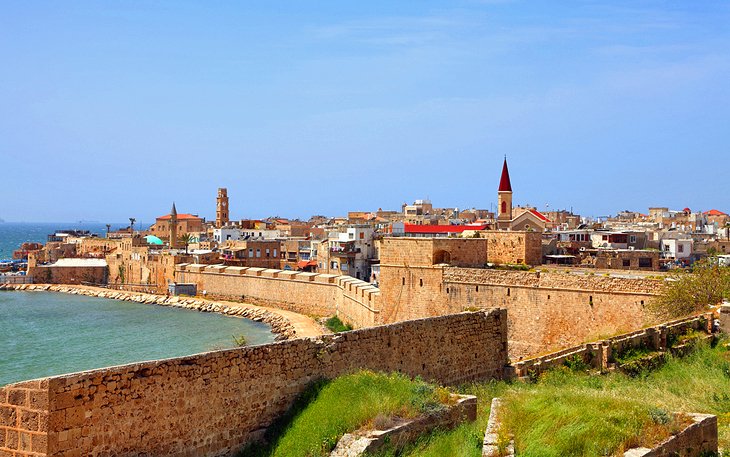
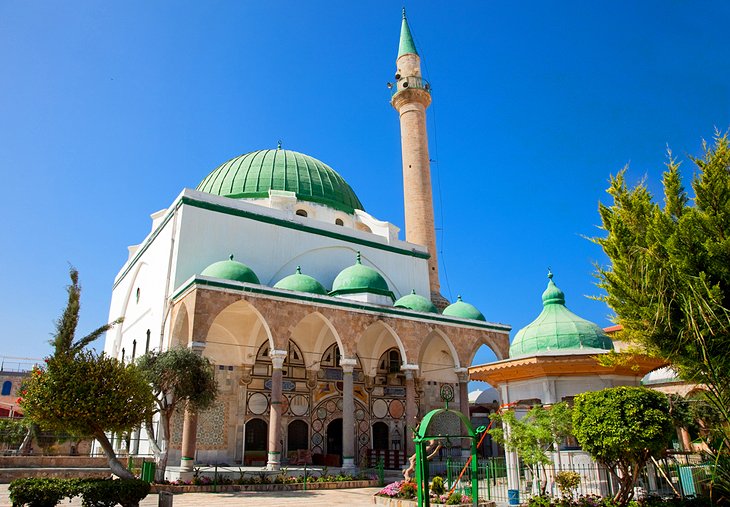
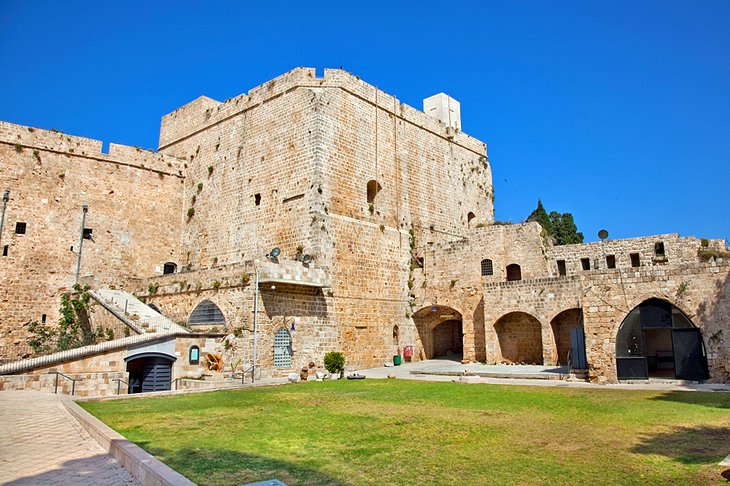
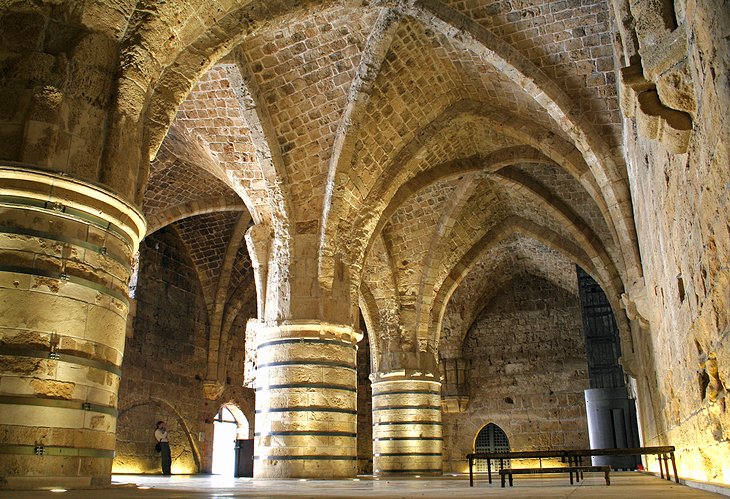
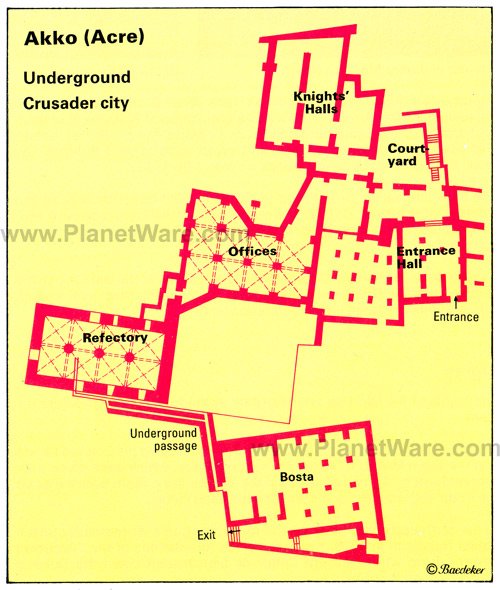
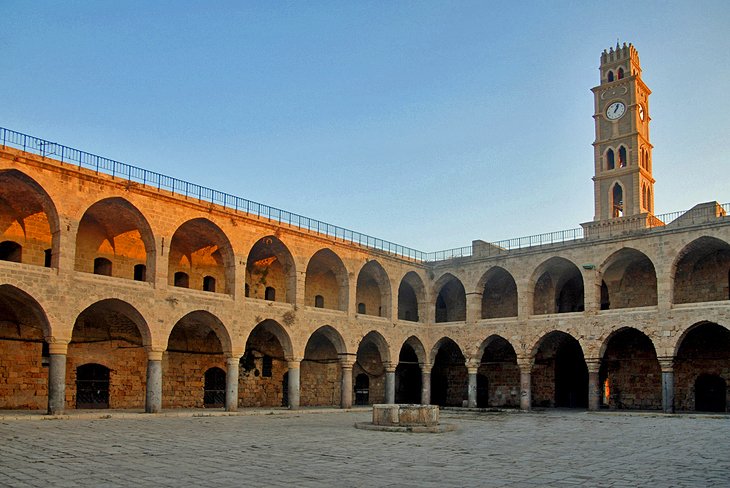
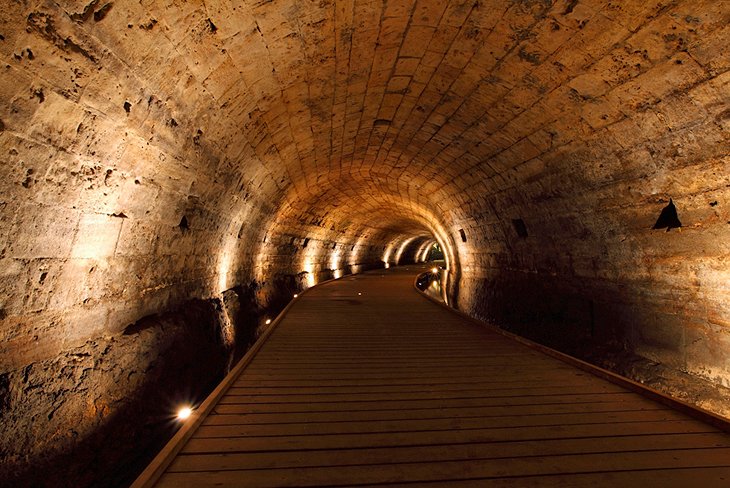
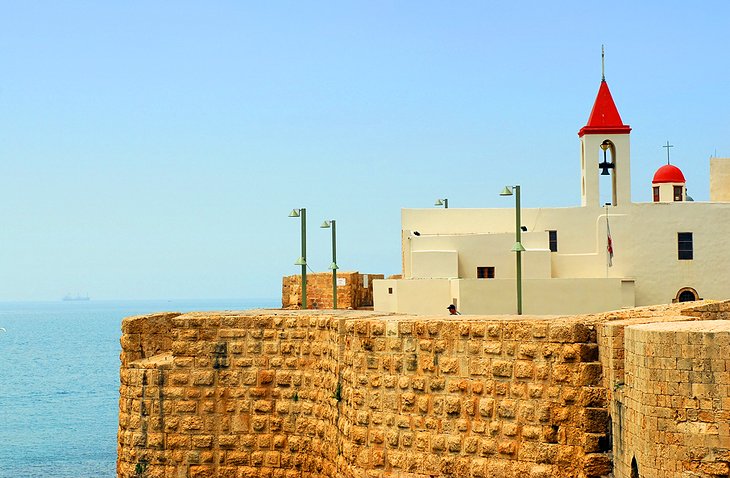

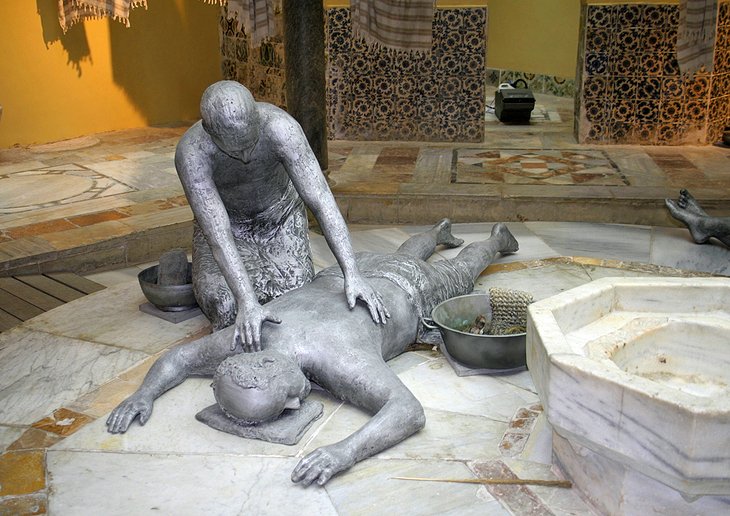
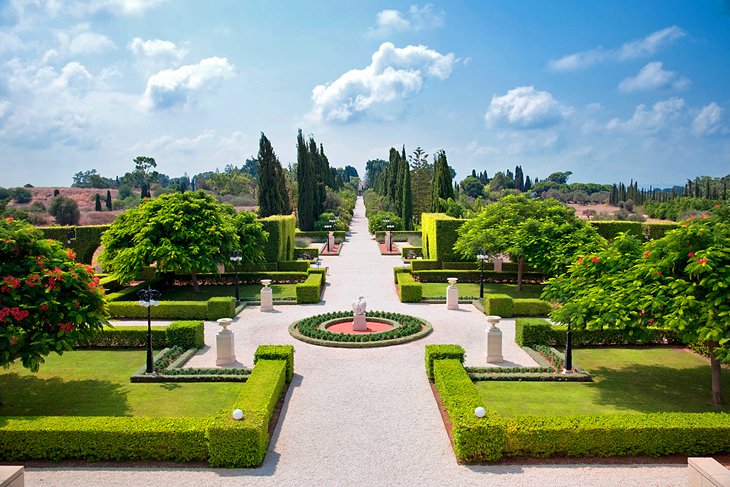
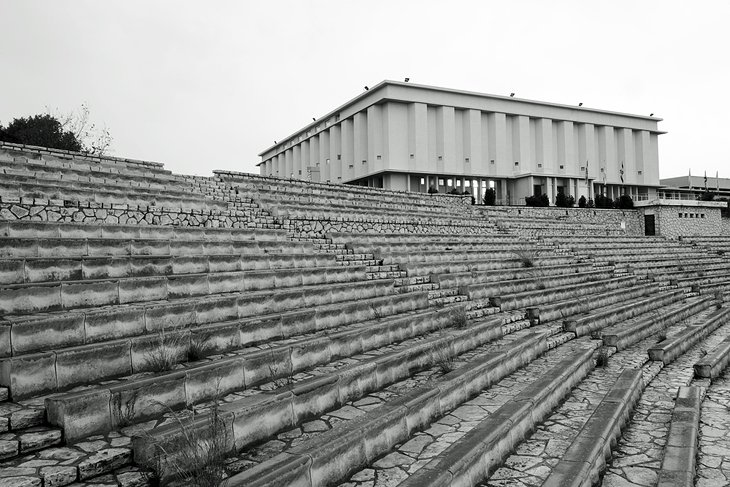
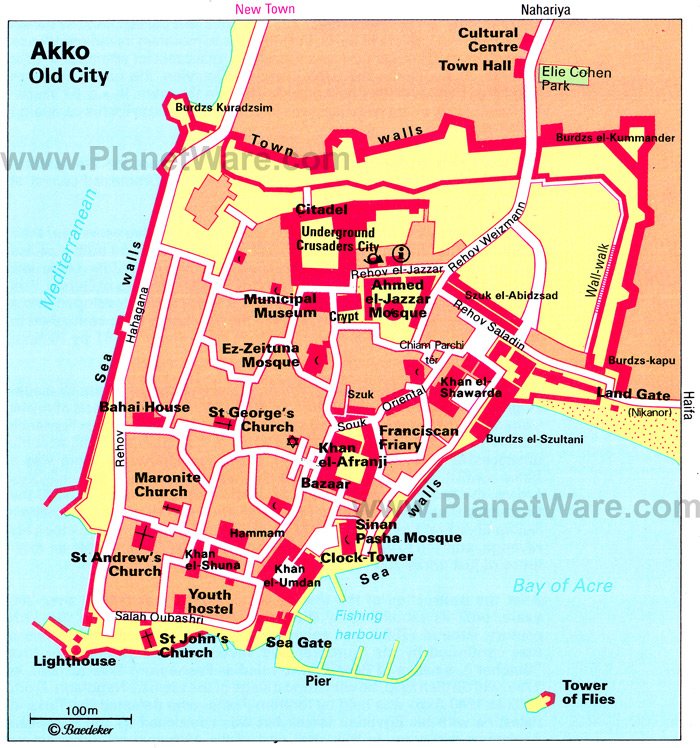
No comments:
Post a Comment